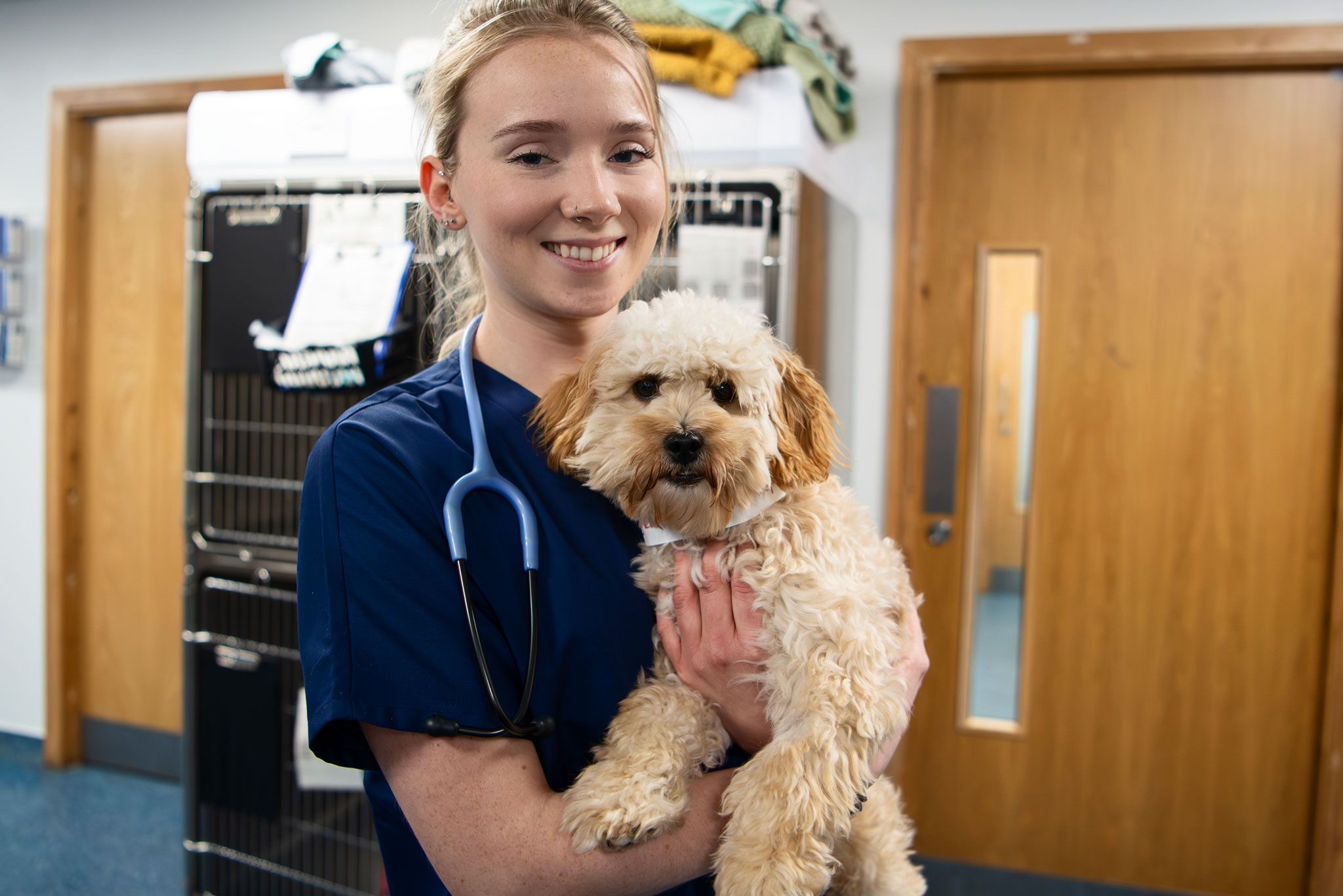
Common Conditions
Discover how we can help your furry friends stay healthy and happy!
Find out the reasons behind common problems, the signs to watch out for, ways to treat them.

What is Gum Disease in Cats

What is Gum Disease in Cats
What are Abscesses on Cats
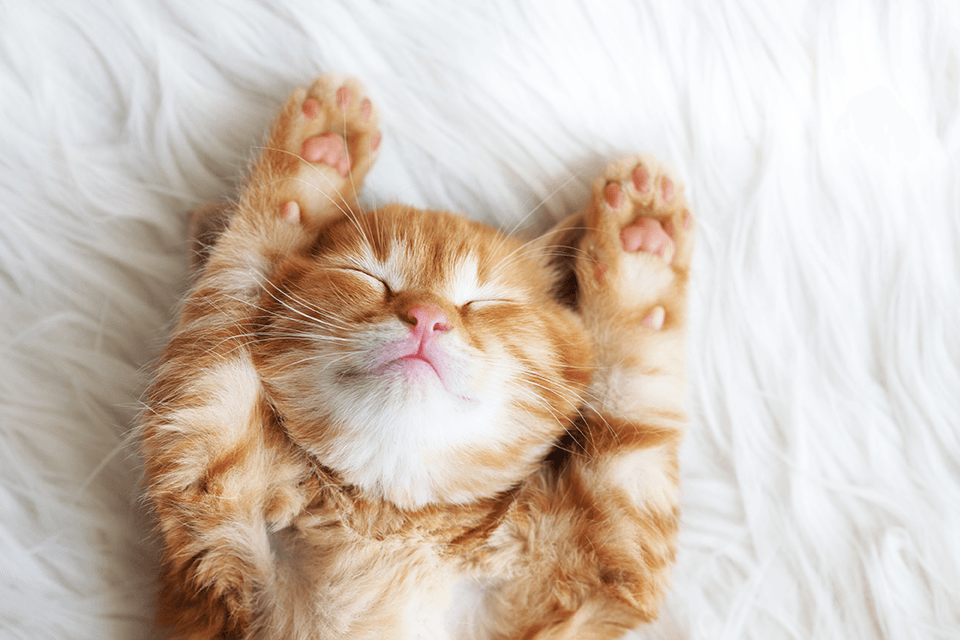
What are Abscesses on Cats
Learn about asthma in cats
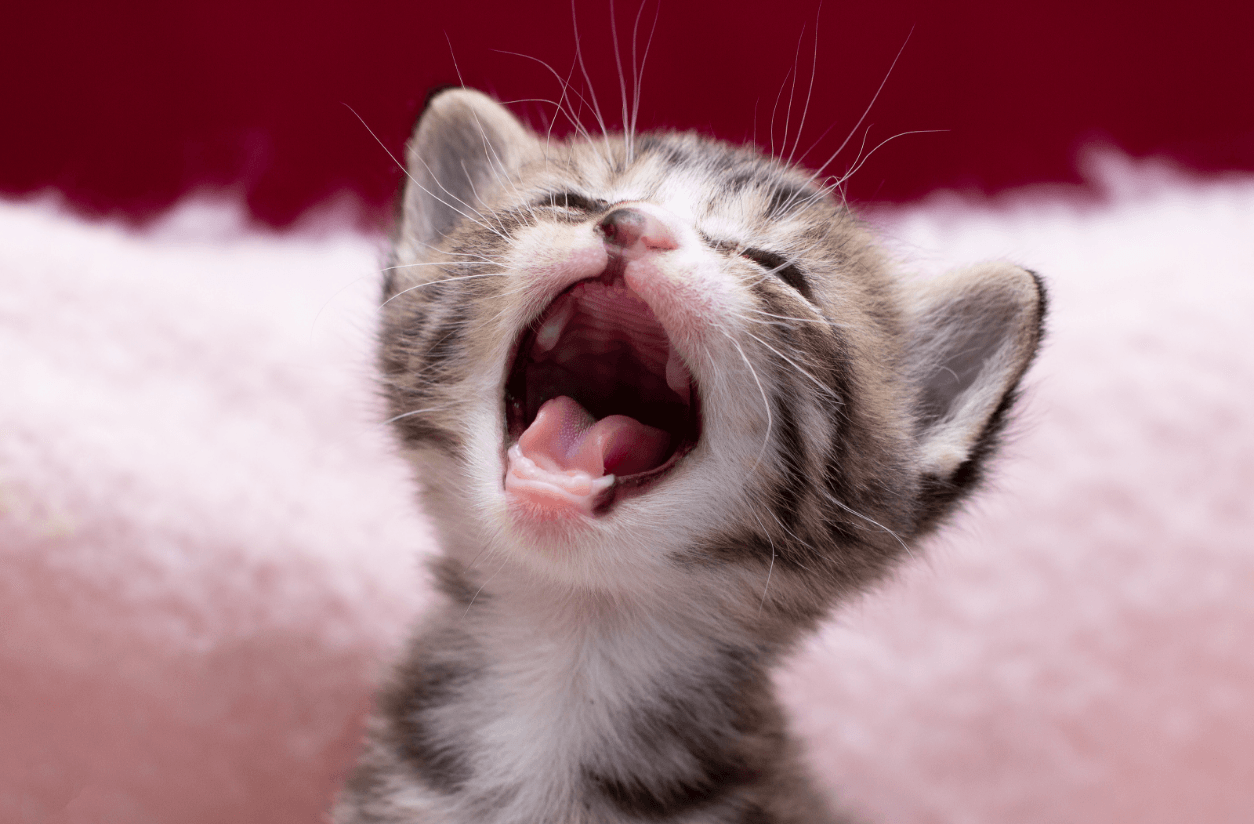
Learn about asthma in cats
What are Cat Urinary Tract Infections (UTIs)
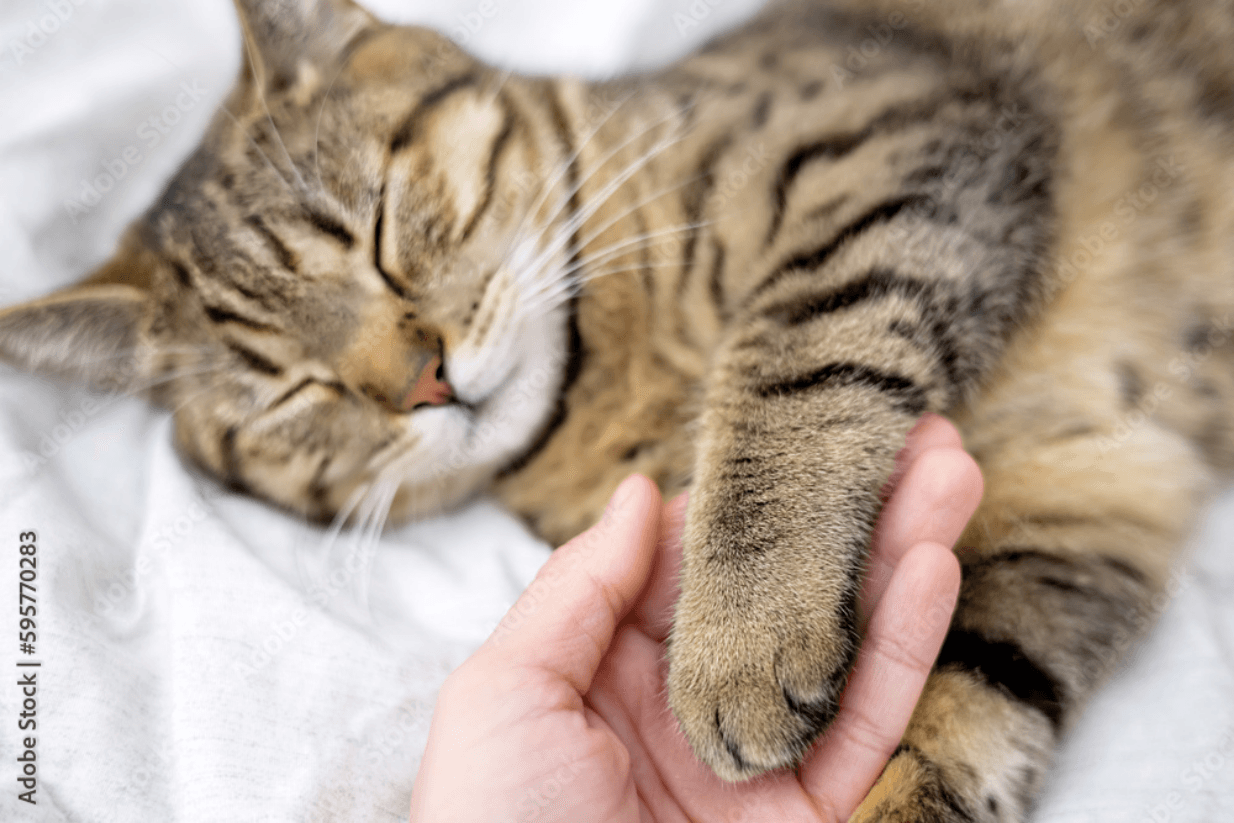
What are Cat Urinary Tract Infections (UTIs)
What is Toxoplasmosis in Cats
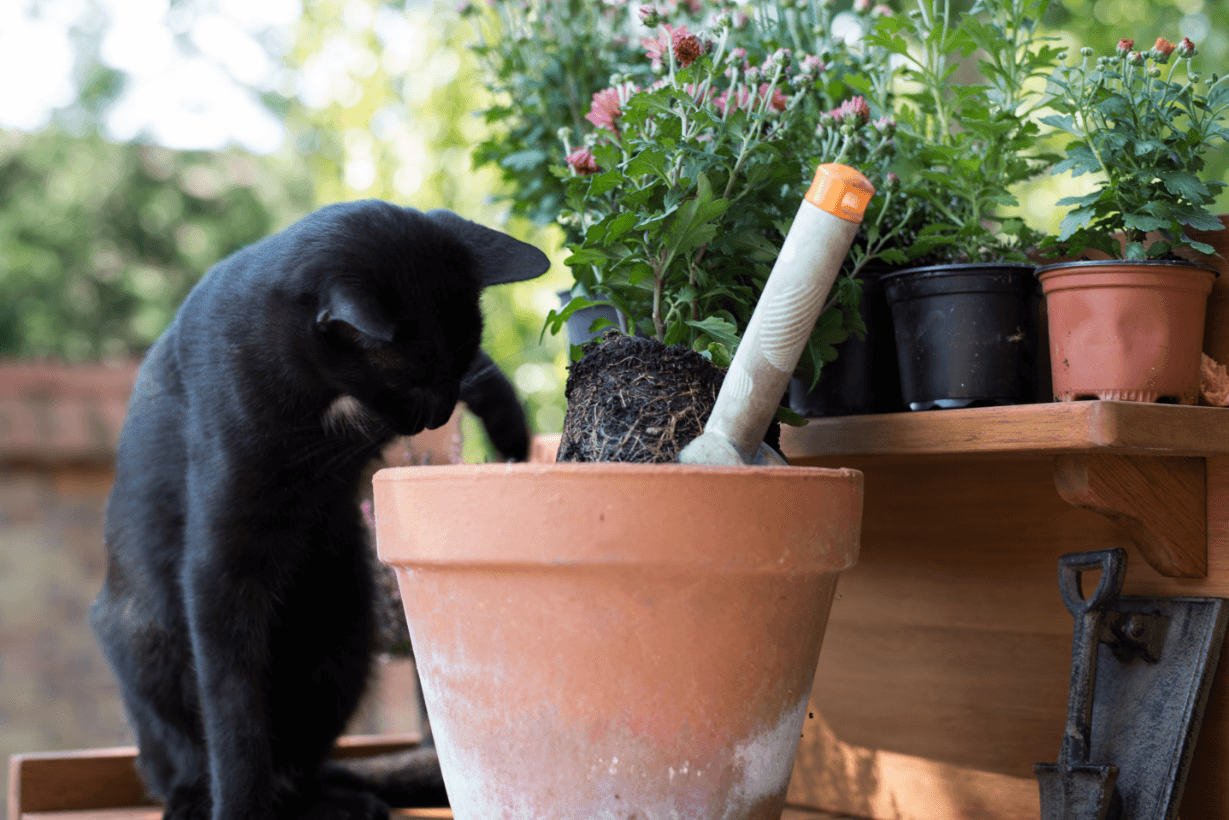
What is Toxoplasmosis in Cats
Cat Diabetes - Causes, Symptoms and Treatment
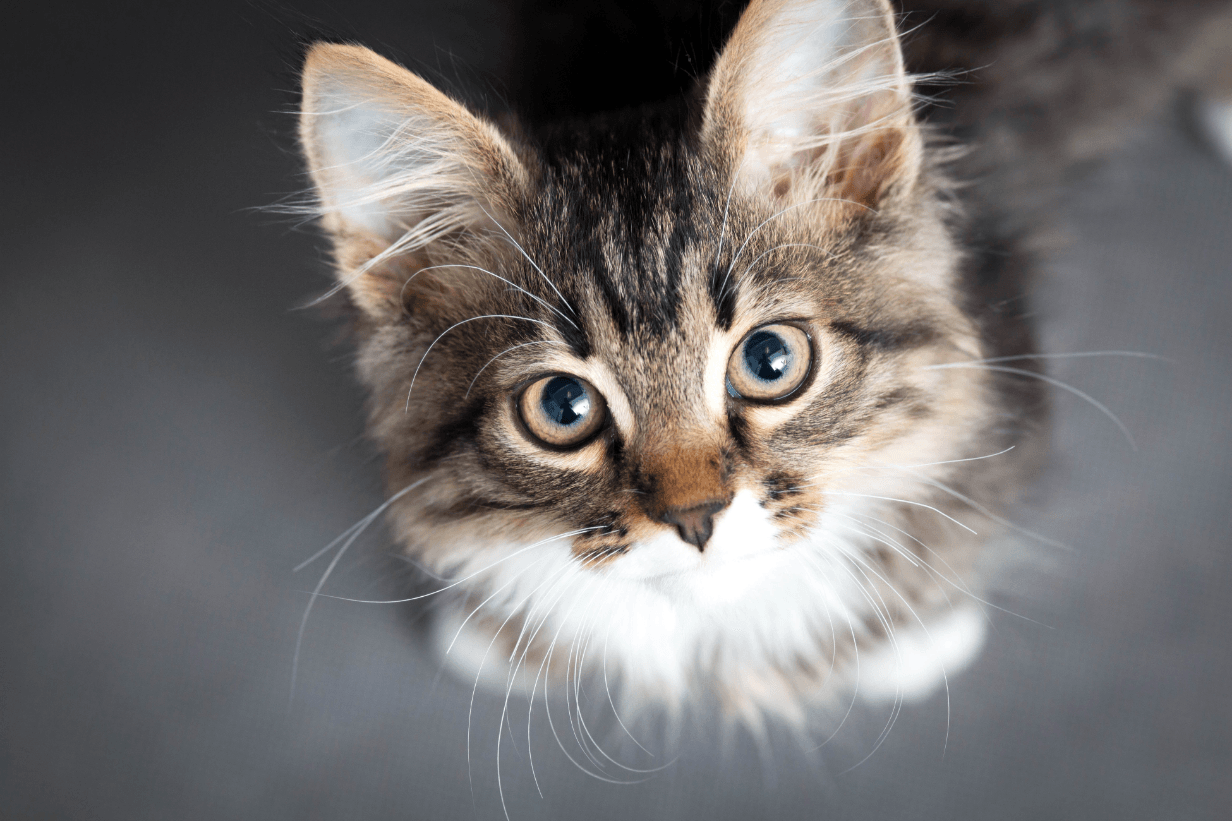
Cat Diabetes - Causes, Symptoms and Treatment
Learn more about ear infections in cats

Learn more about ear infections in cats
What is Entropion in Cats

What is Entropion in Cats
What is Hyperthyroidism in Cats?
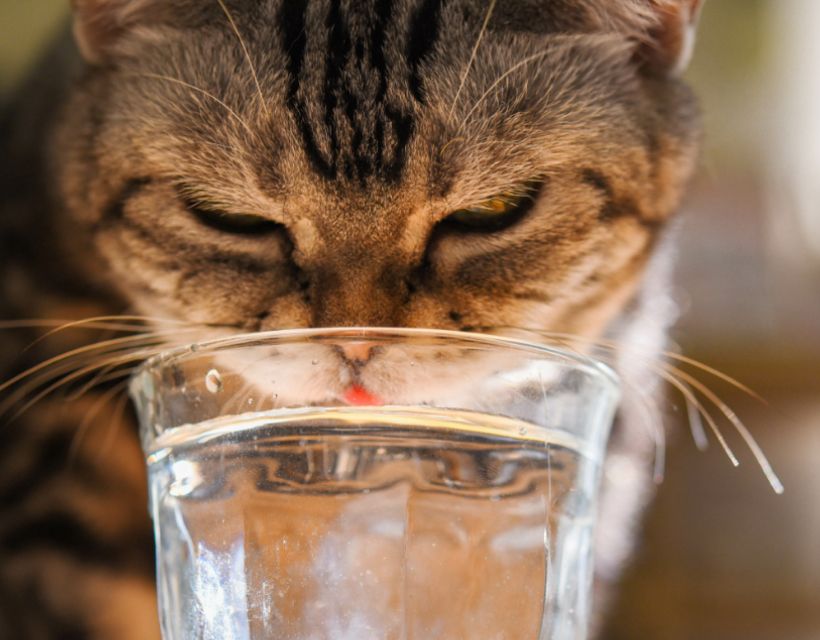
What is Hyperthyroidism in Cats?
What is Kidney Disease in Cats

What is Kidney Disease in Cats
What is Osteoarthritis in Cats
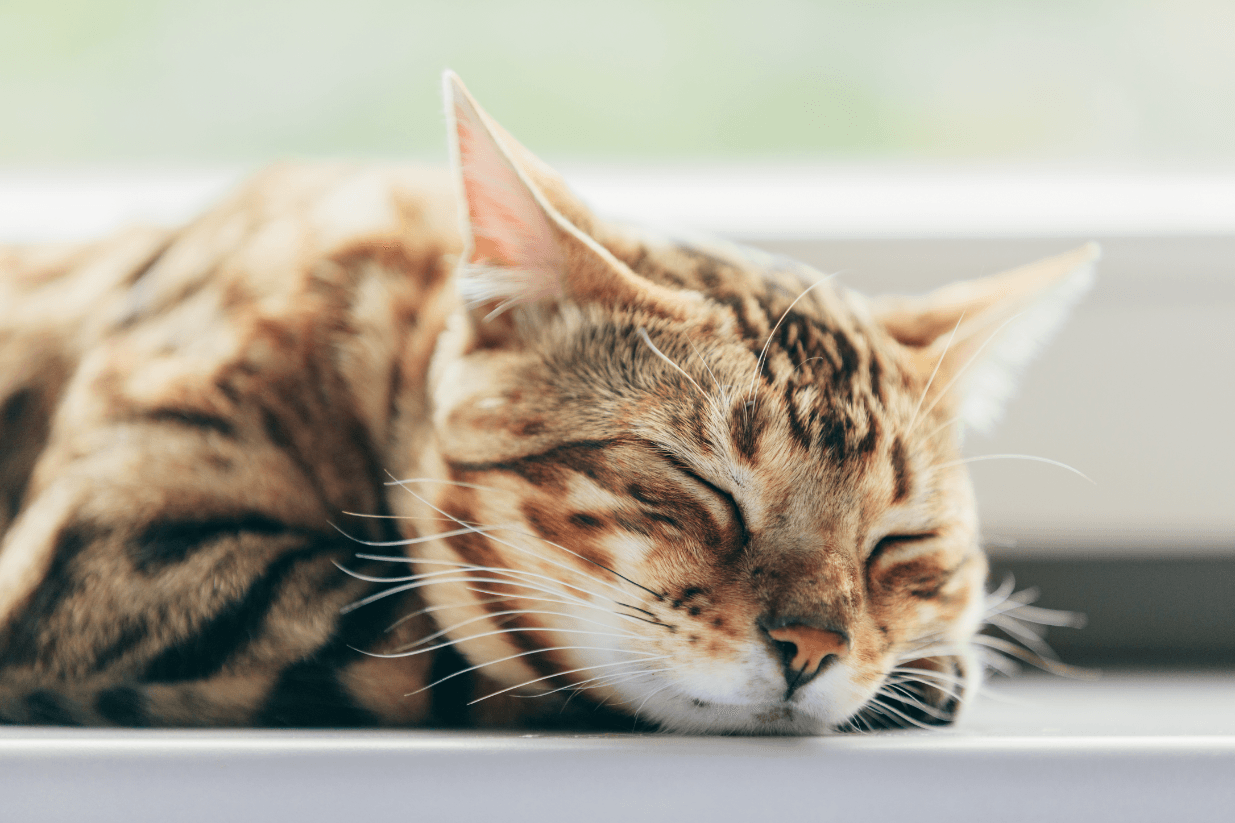
What is Osteoarthritis in Cats
What is Canine Pyometra
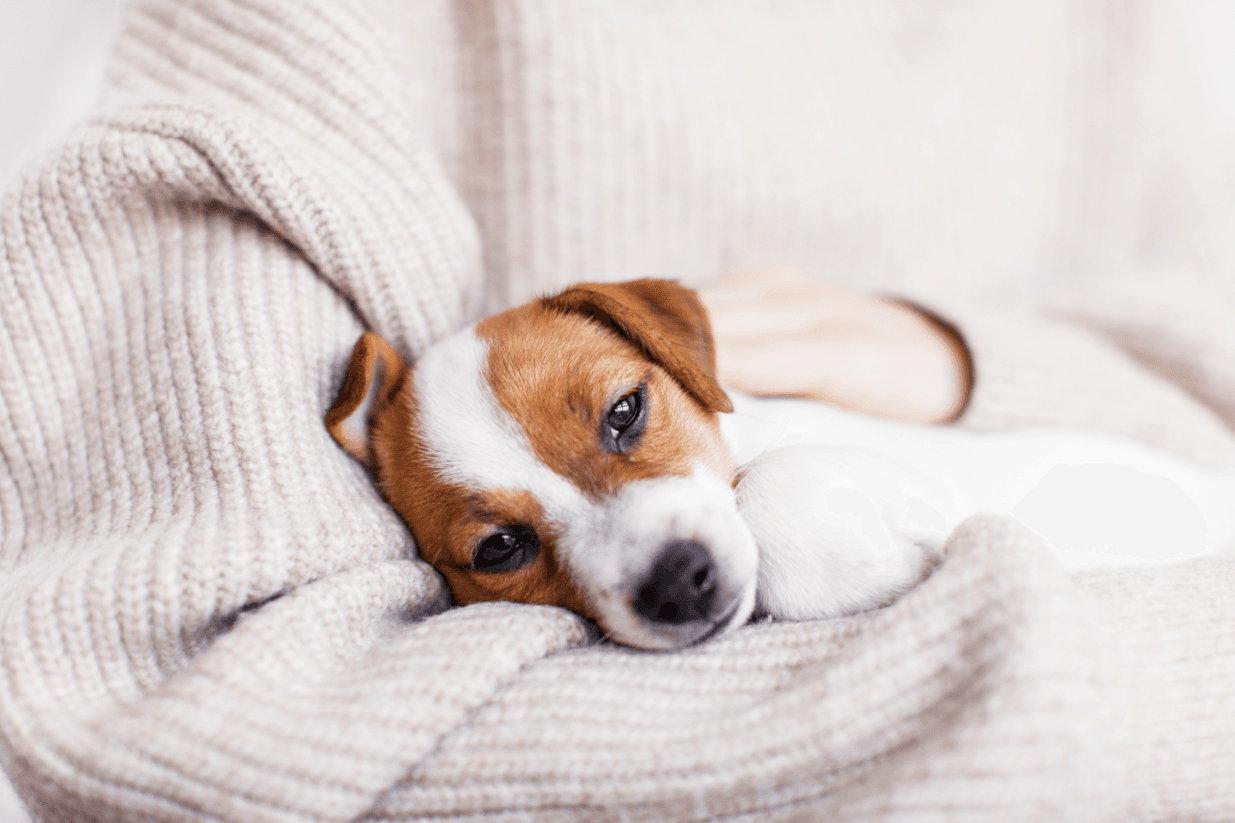
What is Canine Pyometra
What are Mast Cell Tumours in Dogs
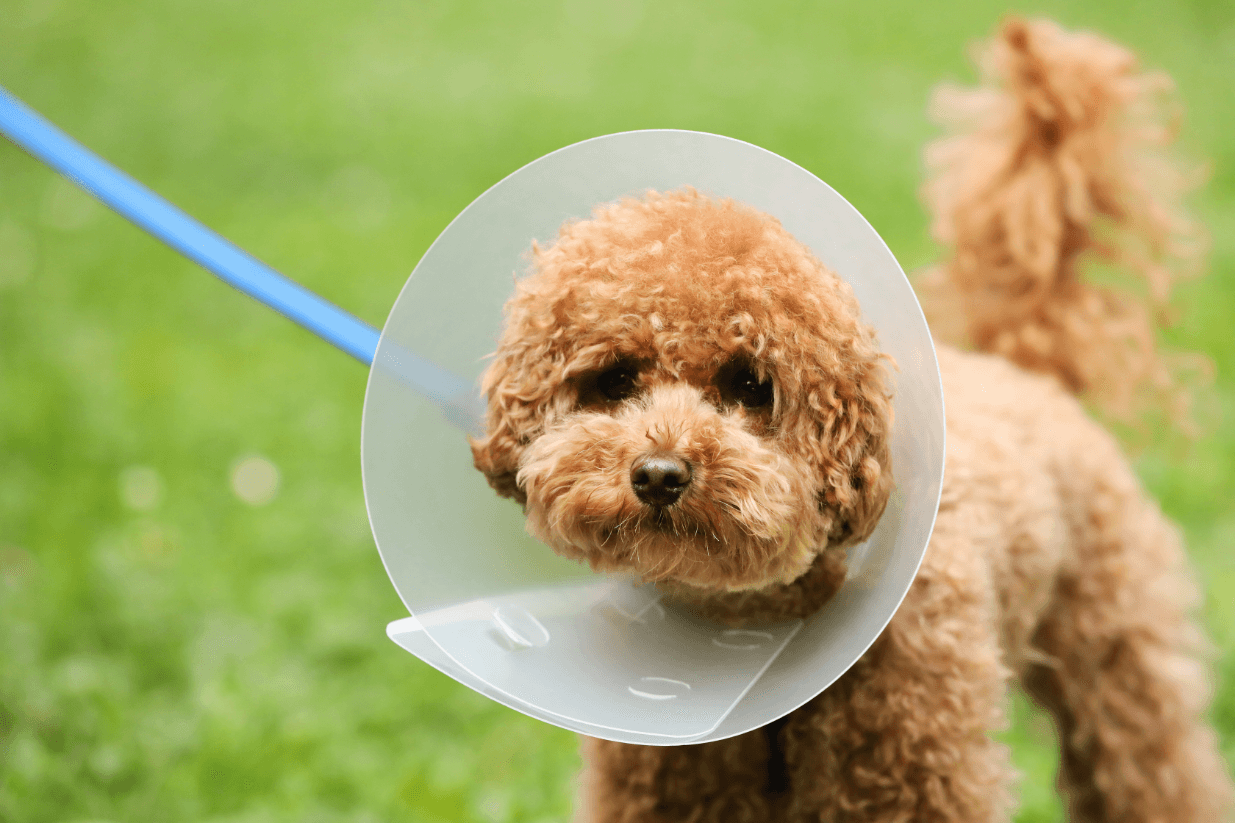
What are Mast Cell Tumours in Dogs
What is a Luxating Patella in Dogs
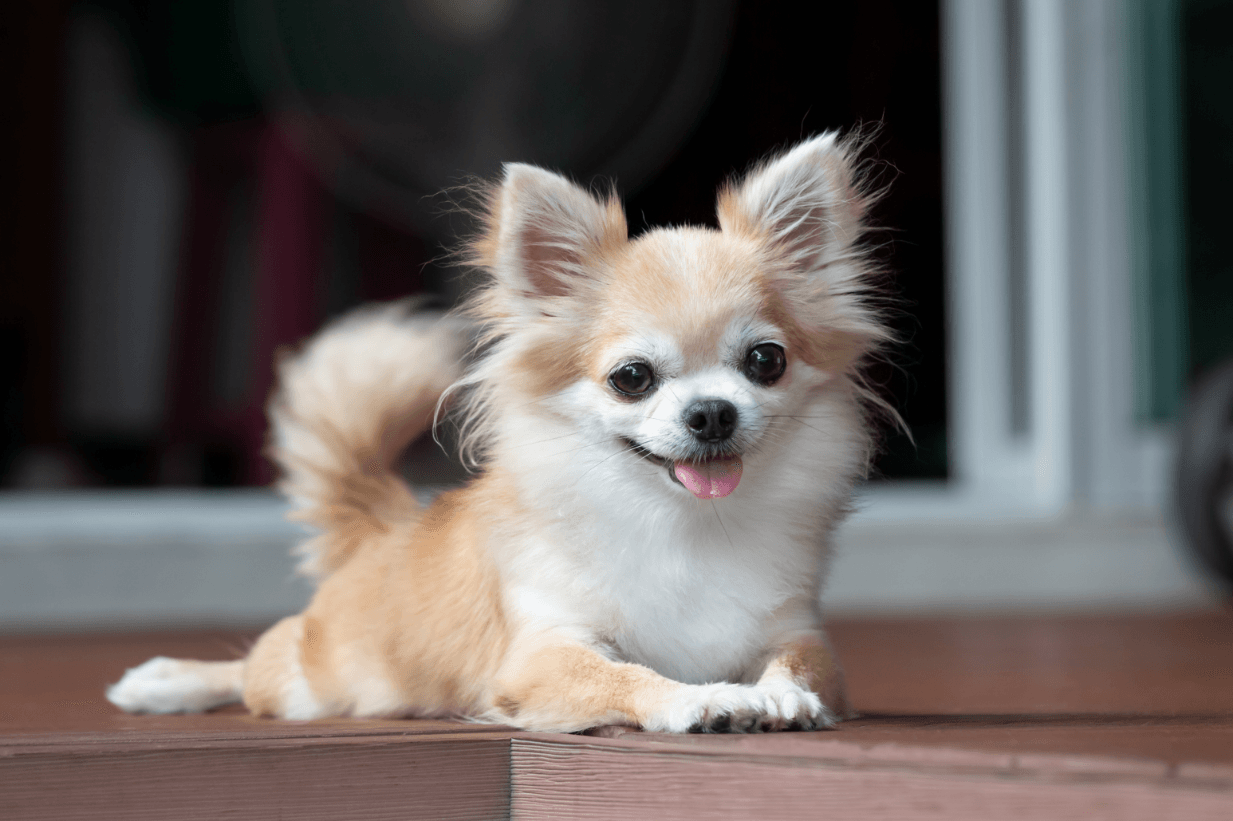
What is a Luxating Patella in Dogs
What is Kennel Cough in dogs

What is Kennel Cough in dogs
What do lumps on dogs mean?
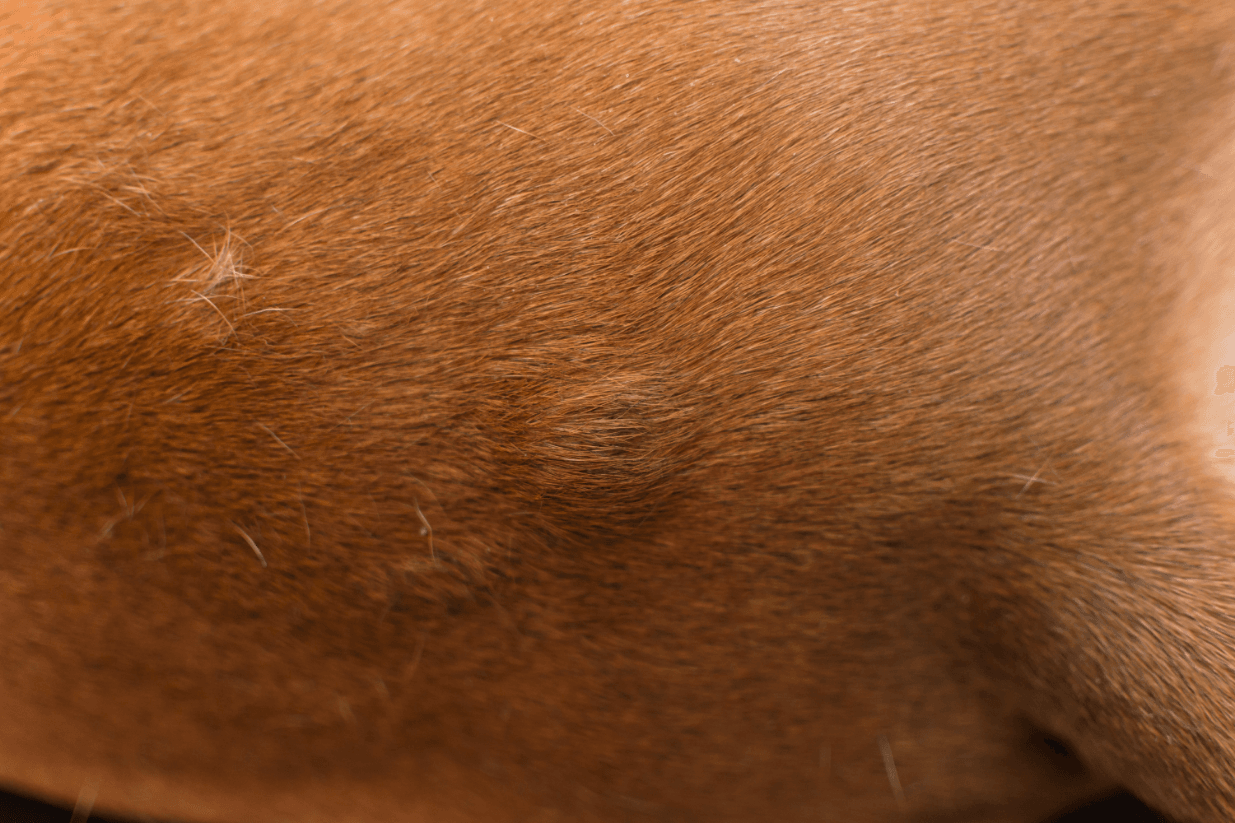
What do lumps on dogs mean?
What is Canine Papilloma Virus
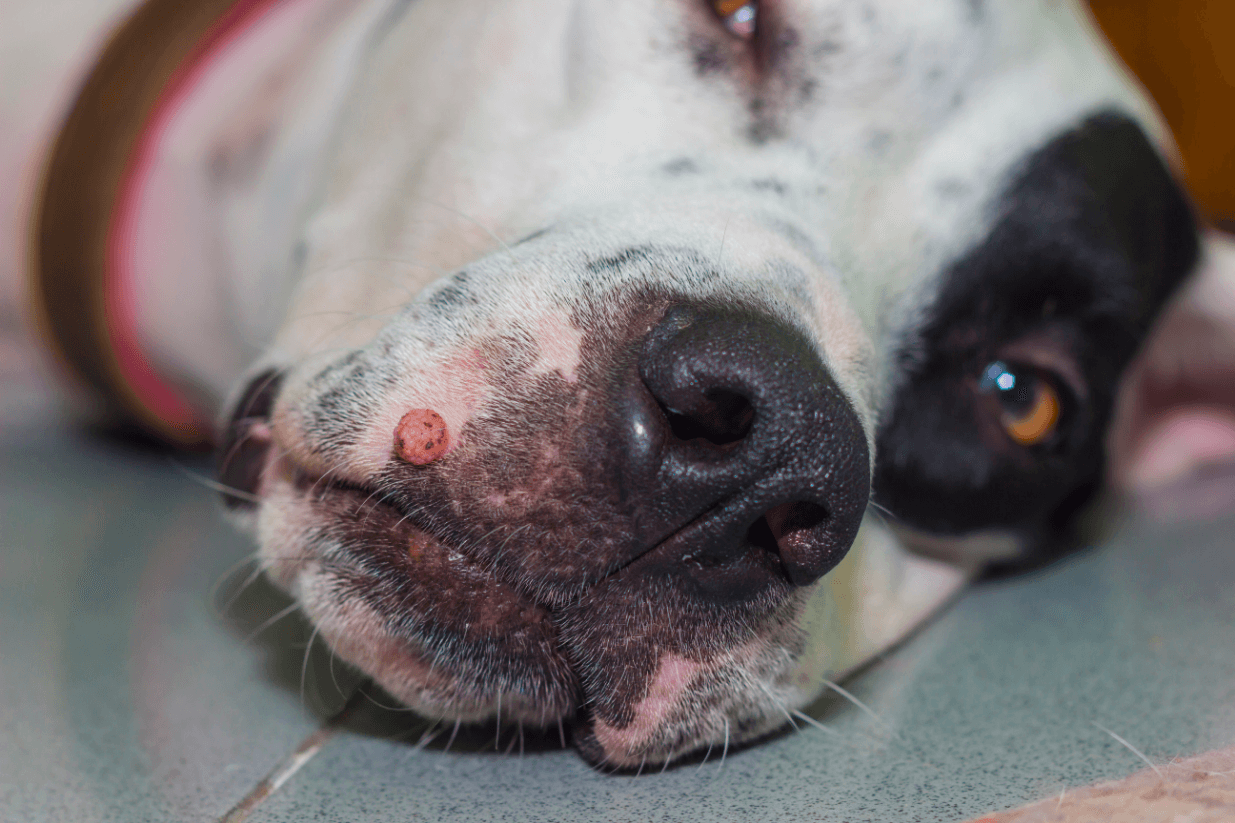
What is Canine Papilloma Virus
What is Addison’s Disease

What is Addison’s Disease
What is Cushing's Disease
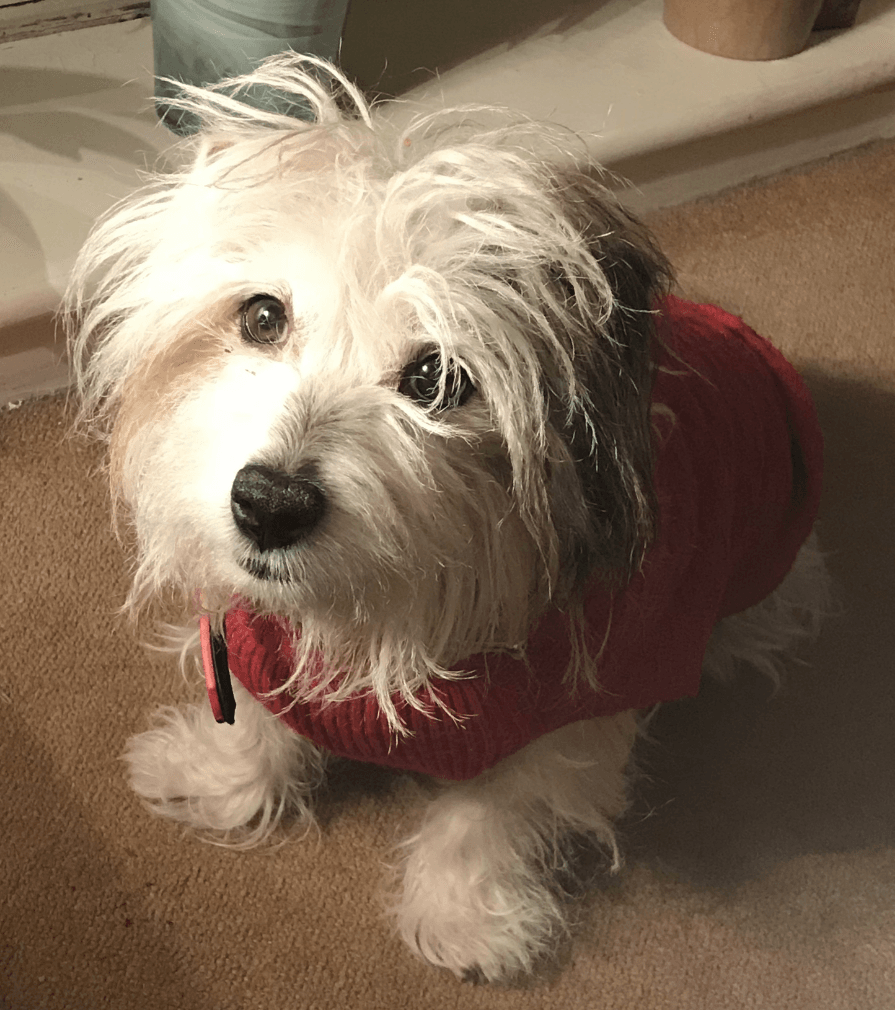
What is Cushing's Disease
Dog Skin Skin Tags - What They Are and When to Worry

Dog Skin Skin Tags - What They Are and When to Worry
What is a UTI in Dogs?
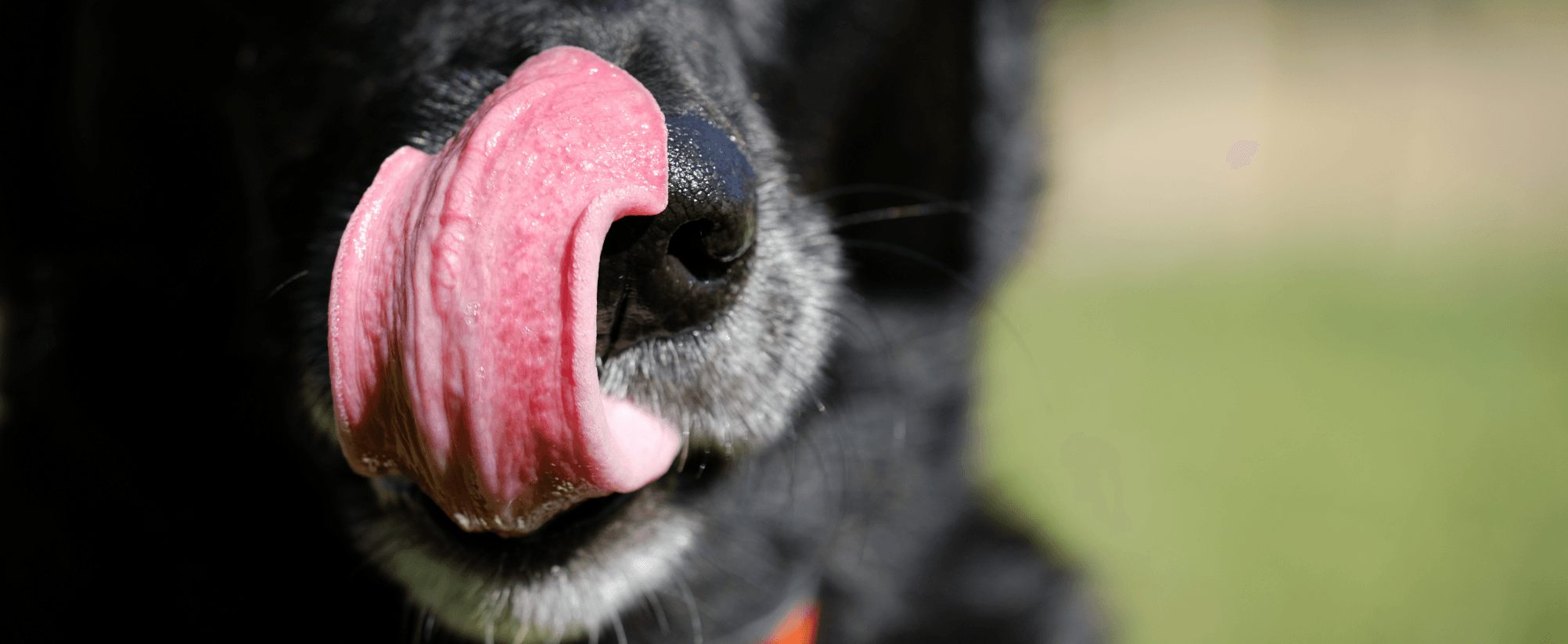
What is a UTI in Dogs?
Cherry Eye
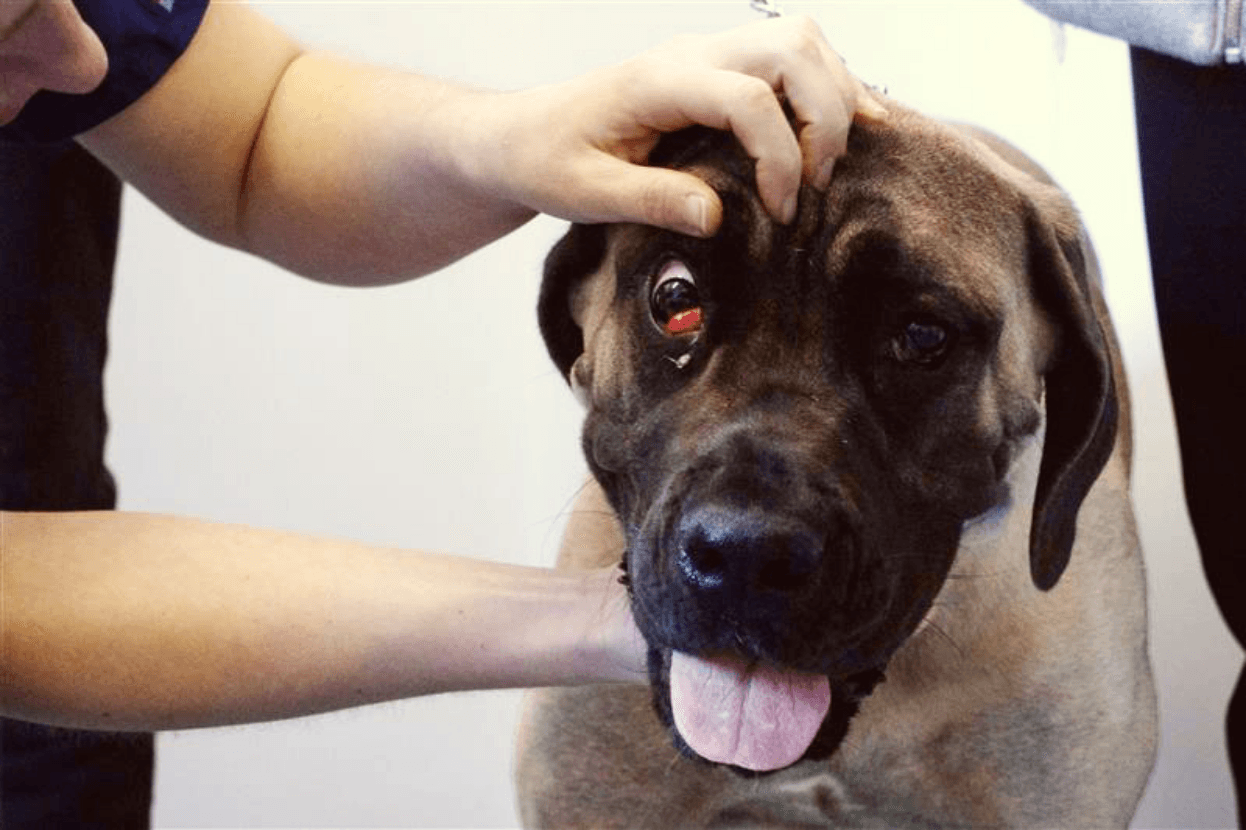
Cherry Eye
What is a Cleft Palate

What is a Cleft Palate
What is Cruciate Disease
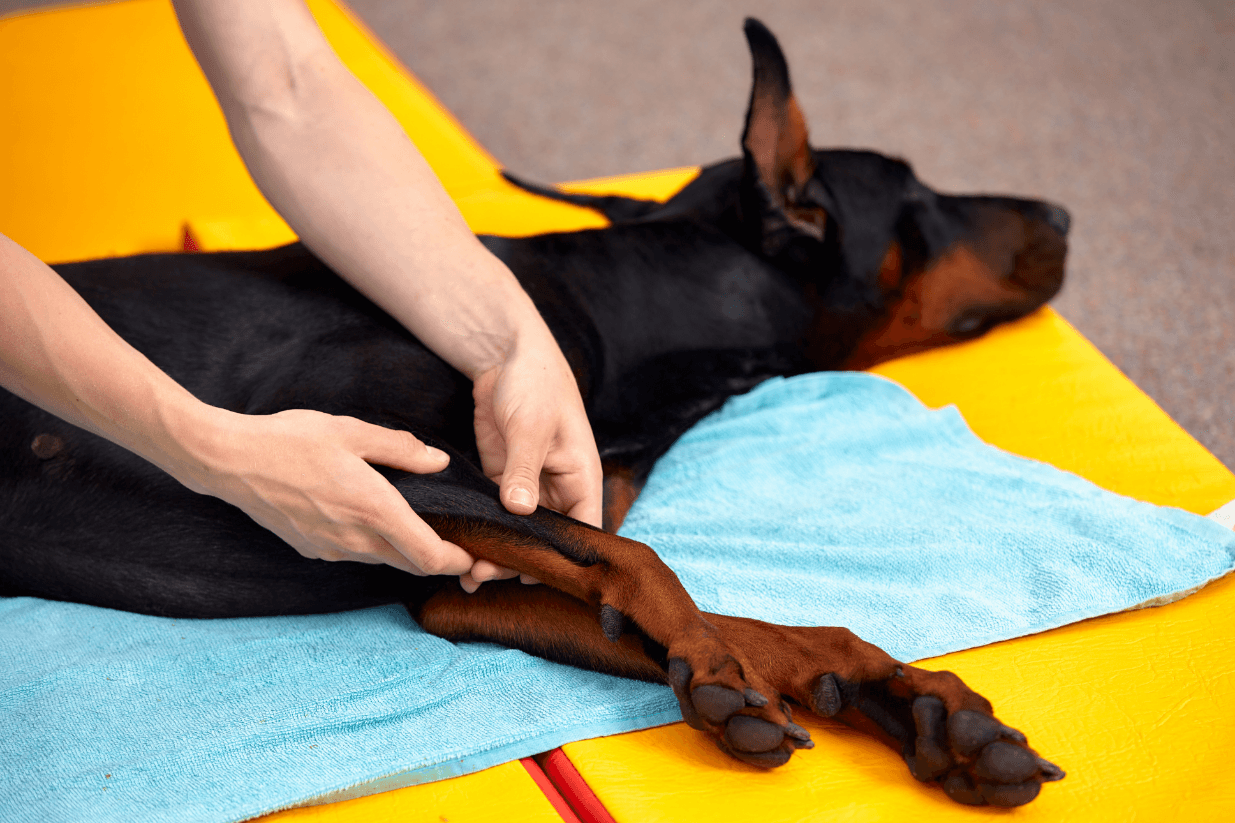
What is Cruciate Disease
Learn more about Arthritis in dogs

Learn more about Arthritis in dogs
What are Corneal Ulcers in Dogs

What are Corneal Ulcers in Dogs
Understanding Urinary Obstructions / Bladder Stones in Dogs

Understanding Urinary Obstructions / Bladder Stones in Dogs
What is Brachycephalic Obstructive Airway Syndrome

What is Brachycephalic Obstructive Airway Syndrome
Diabetes in dogs: what to look out for and how it is treated

Diabetes in dogs: what to look out for and how it is treated
What is Entropion In Dogs

What is Entropion In Dogs
Learn more about Gum Disease in dogs
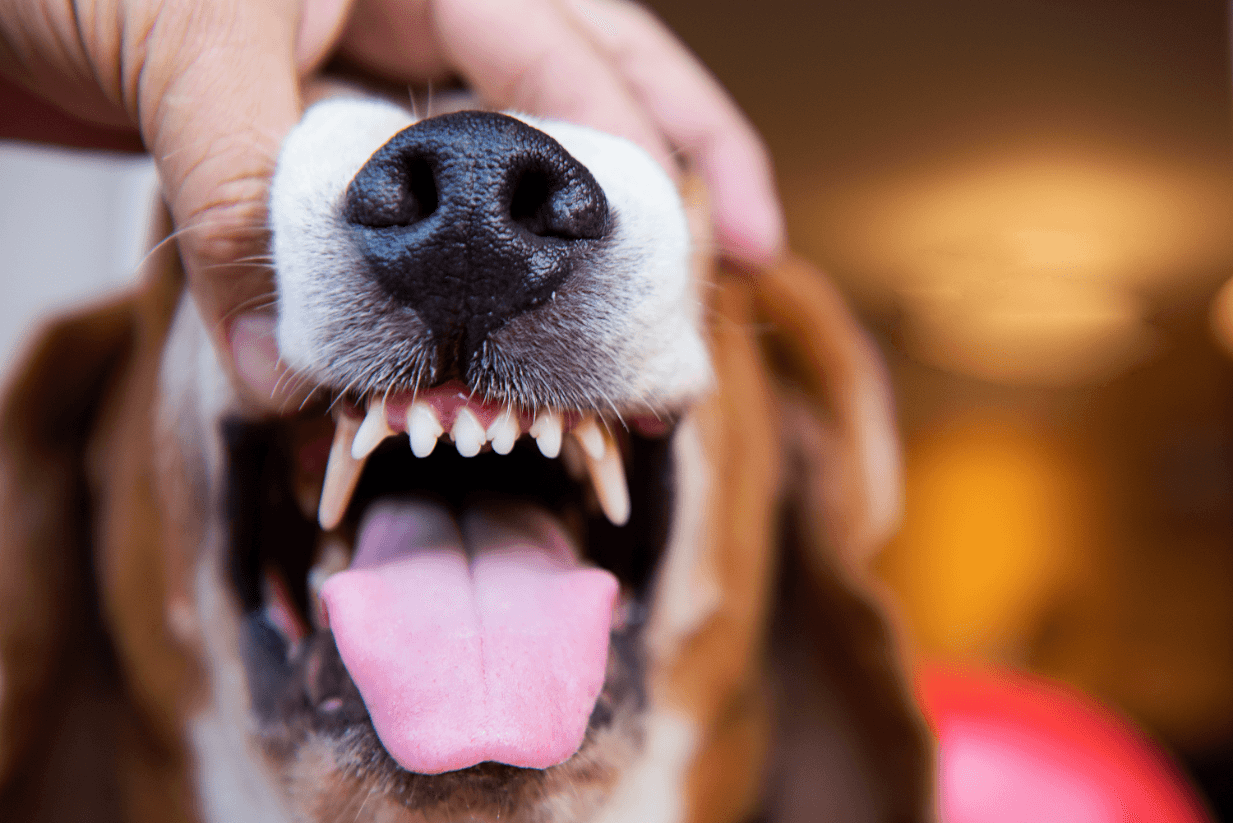
Learn more about Gum Disease in dogs
Types of Hernias in Dogs

Types of Hernias in Dogs
What is Leptospirosis

What is Leptospirosis
Understanding Antifreeze Poisoning - Cats

Understanding Antifreeze Poisoning - Cats
What is Antifreeze Poisoning - Dogs

What is Antifreeze Poisoning - Dogs
What is Canine Parvovirus
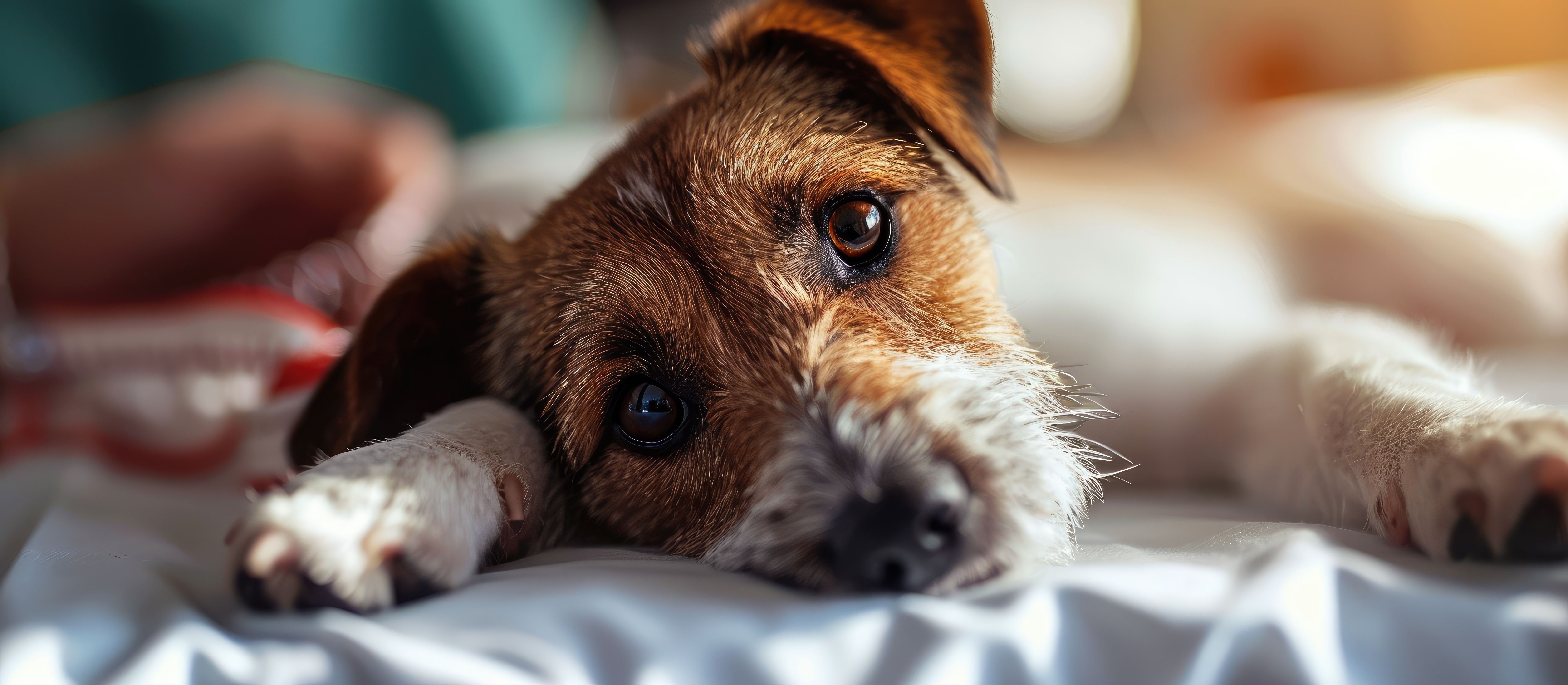
What is Canine Parvovirus
What is Alabama Rot

What is Alabama Rot
What is cat flu

What is cat flu
What is Dental Disease in Cats

What is Dental Disease in Cats
Understanding Ear Infections in Dogs

Understanding Ear Infections in Dogs
What is a false pregnancy or phantom pregnancy

What is a false pregnancy or phantom pregnancy
What is FIP in cats and is FIP contagious?

What is FIP in cats and is FIP contagious?
What is Feline Leukaemia Virus

What is Feline Leukaemia Virus
What are fleas

What are fleas
What are fleas
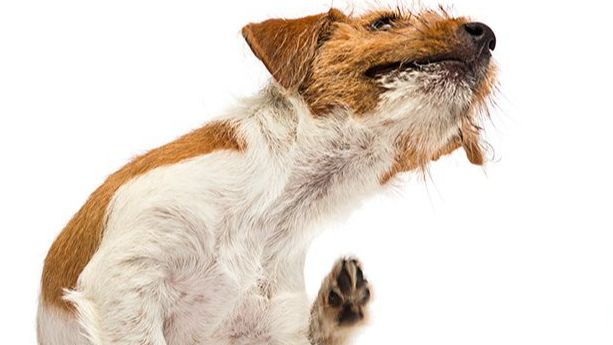
What are fleas
What is Haemorrhagic Gastroenteritis (HGE) in dogs

What is Haemorrhagic Gastroenteritis (HGE) in dogs
What is Conjunctivitis in cats and dogs?
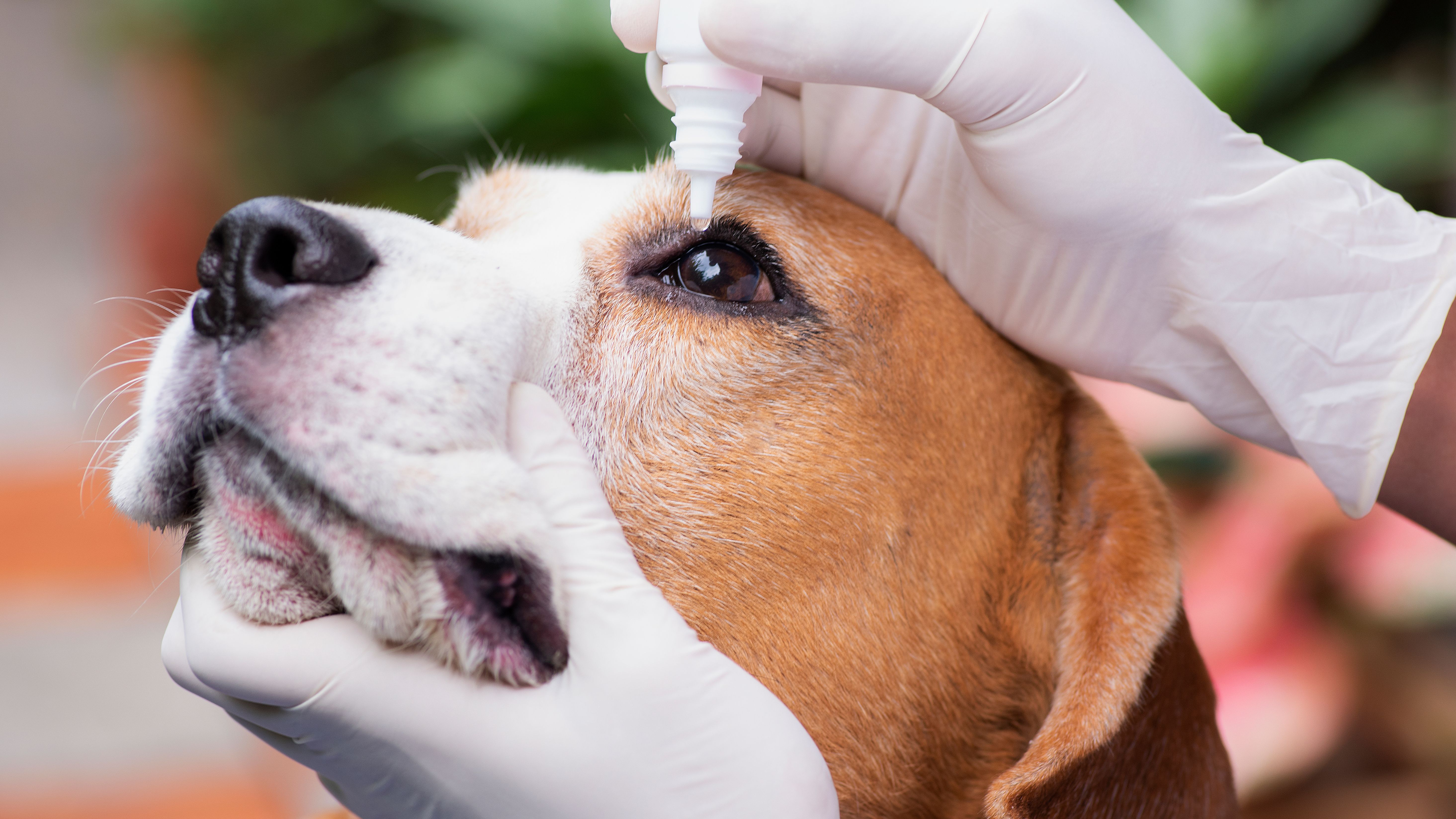
What is Conjunctivitis in cats and dogs?
What is Hypothyroidism in Dogs

What is Hypothyroidism in Dogs
What is an Inguinal Hernia in Dogs

What is an Inguinal Hernia in Dogs
What is a Liver Shunt in dogs
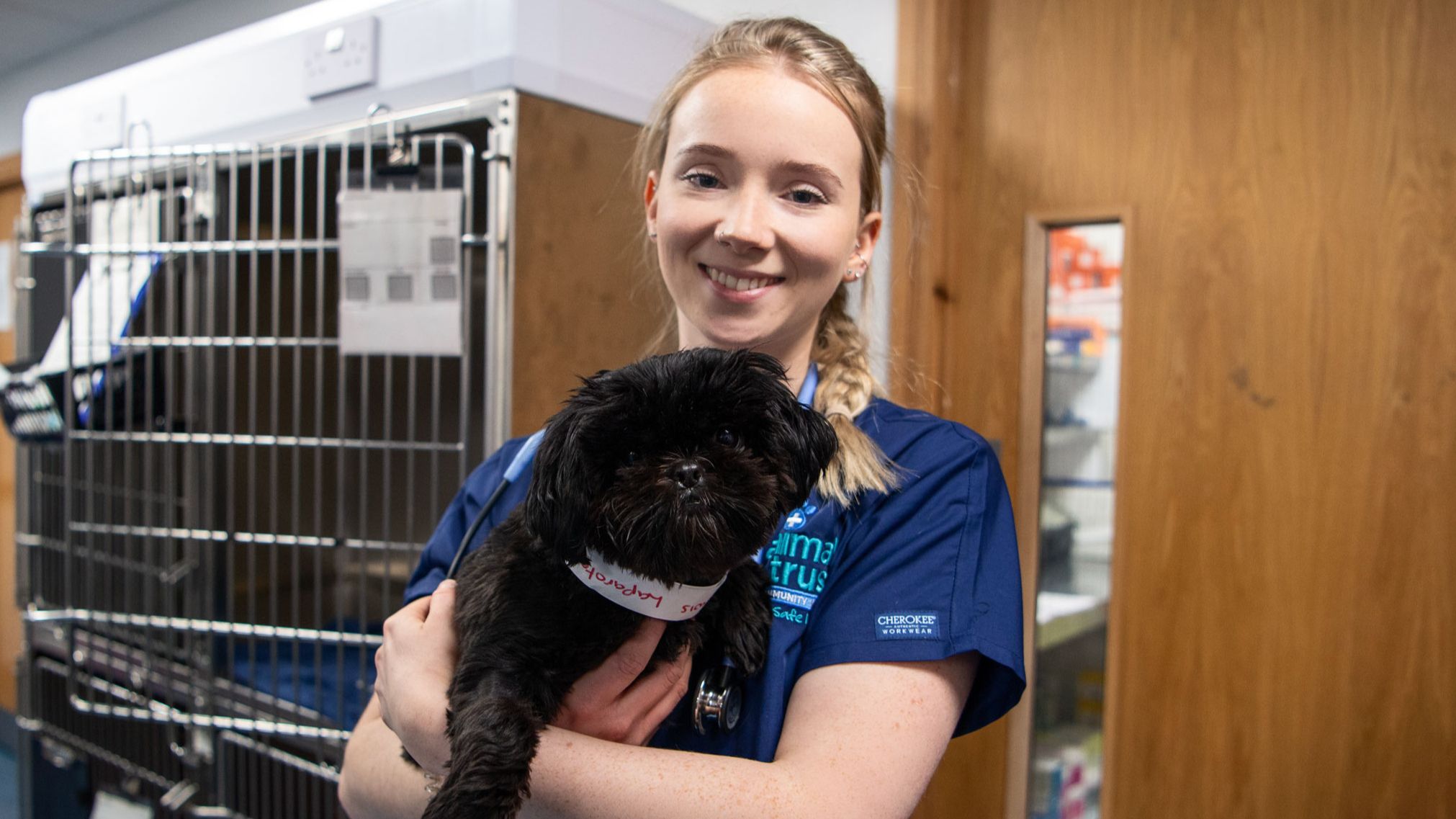
What is a Liver Shunt in dogs
What is Lyme's Disease

What is Lyme's Disease
What is a Perineal Hernia in Dogs
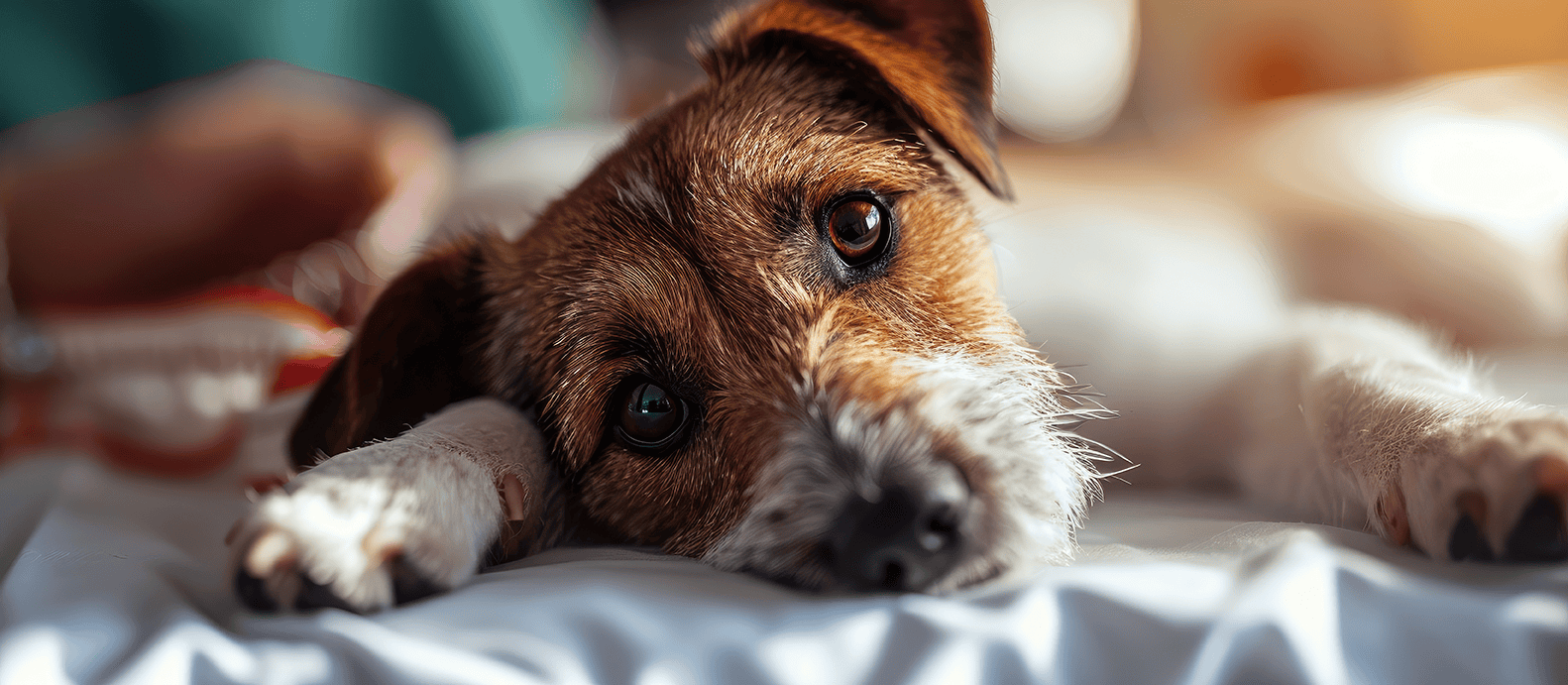
What is a Perineal Hernia in Dogs
What are Splenic Tumours in Dogs

What are Splenic Tumours in Dogs
Treatment of Pyometra in Dogs

Treatment of Pyometra in Dogs
Understanding Urinary Obstruction in Cats
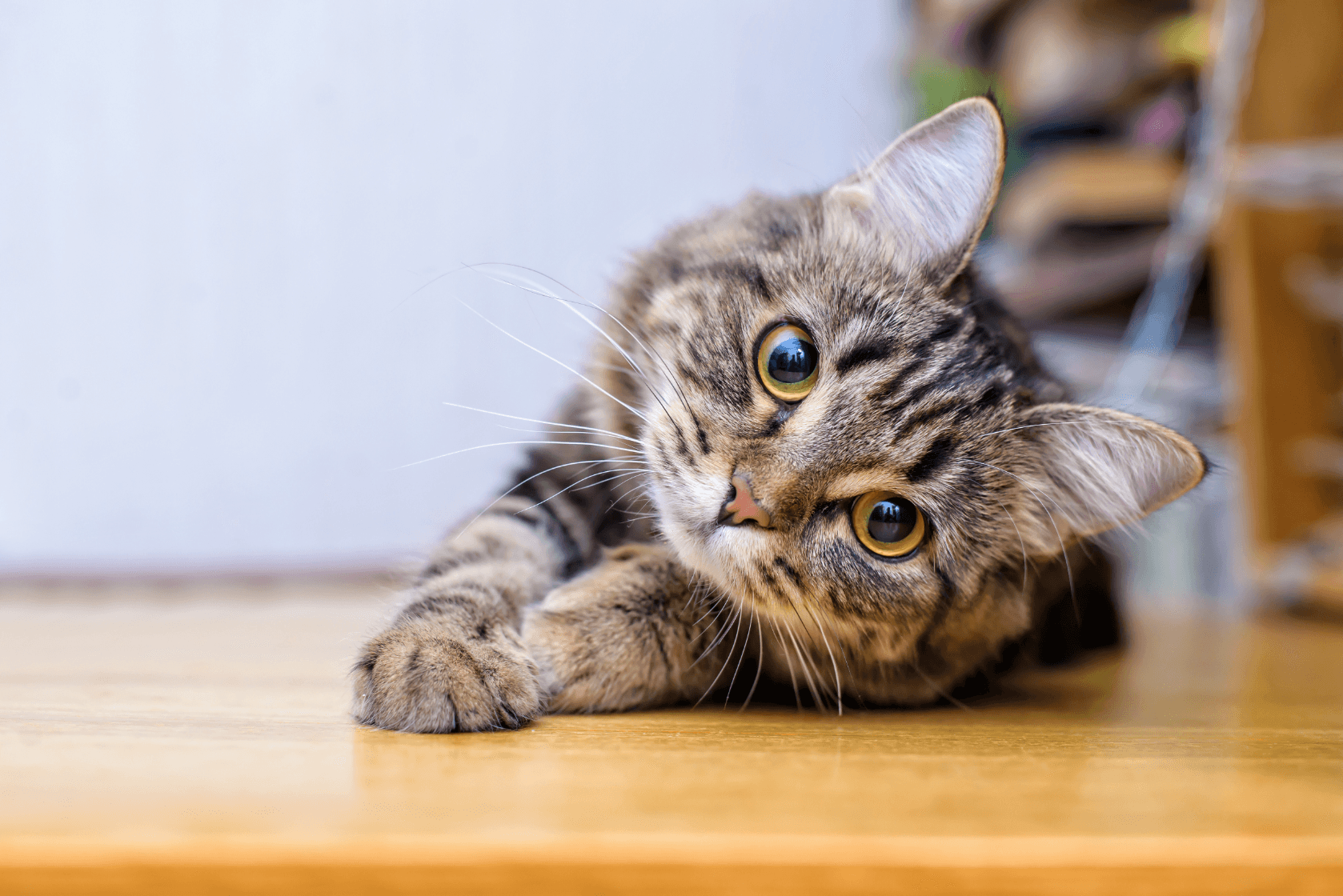
Understanding Urinary Obstruction in Cats
What is Feline Parvovirus

What is Feline Parvovirus
What is atopic dermatitis in dogs and how to treat it

What is atopic dermatitis in dogs and how to treat it
What are blocked anal glands in dogs

What are blocked anal glands in dogs
What is dental disease in dogs?

What is dental disease in dogs?
What is Distemper in Dogs
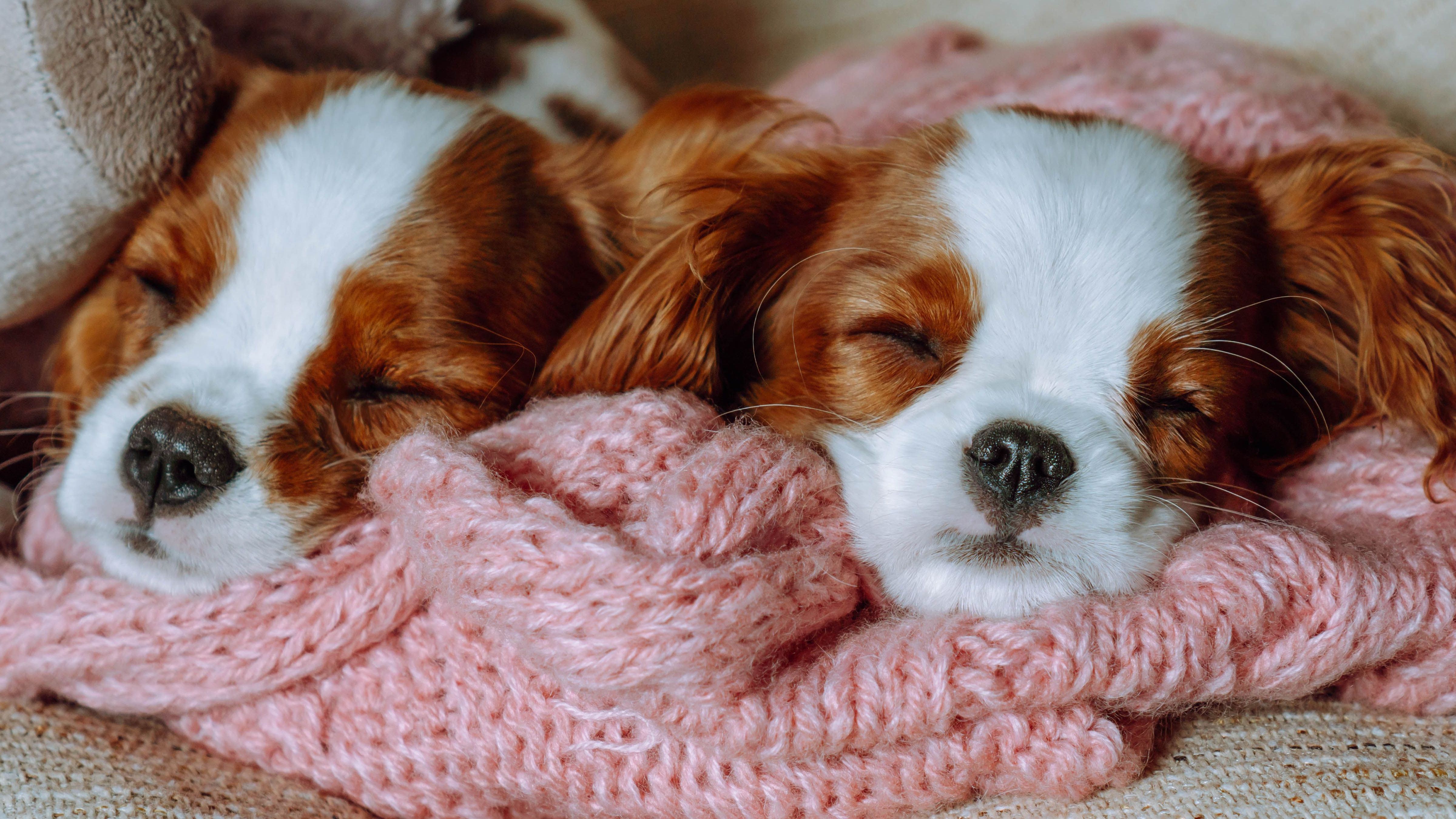
What is Distemper in Dogs
What is Epilepsy in dogs

What is Epilepsy in dogs
FIV in cats
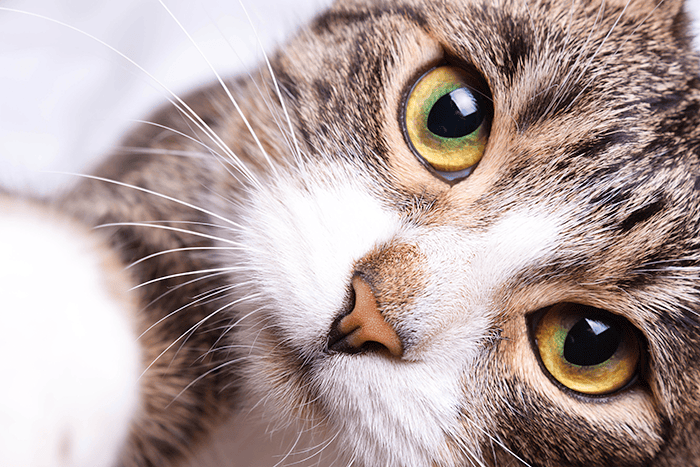
FIV in cats
Cat breast cancer

Cat breast cancer
Bone cancer in dogs

Bone cancer in dogs
What is Sarcoptic Mange in dogs and how to treat it
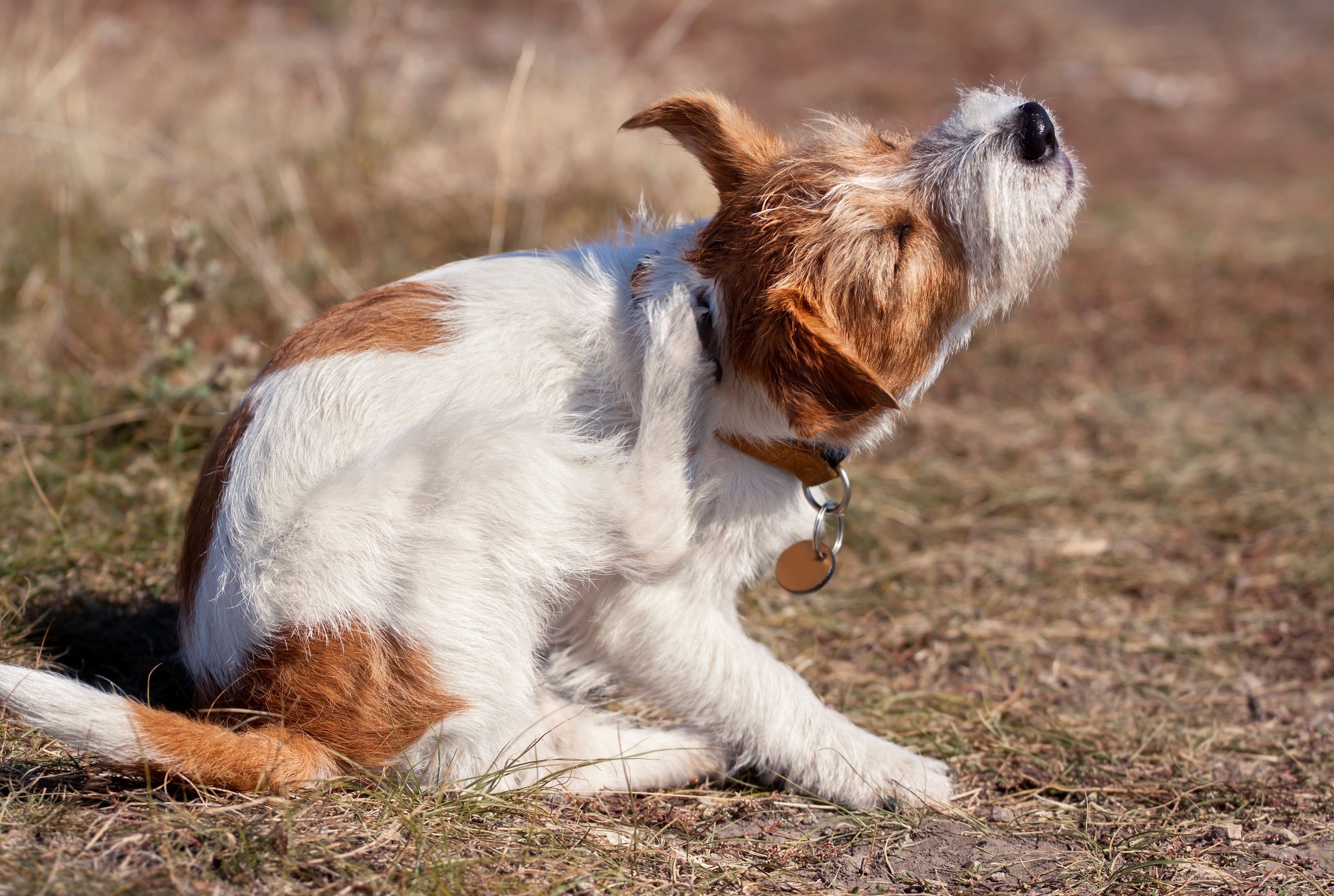
What is Sarcoptic Mange in dogs and how to treat it
What are umbilical hernia in dogs

What are umbilical hernia in dogs
What is Demodectic mange

What is Demodectic mange
What is FLUTD in cats

What is FLUTD in cats
What is Hip Dysplasia
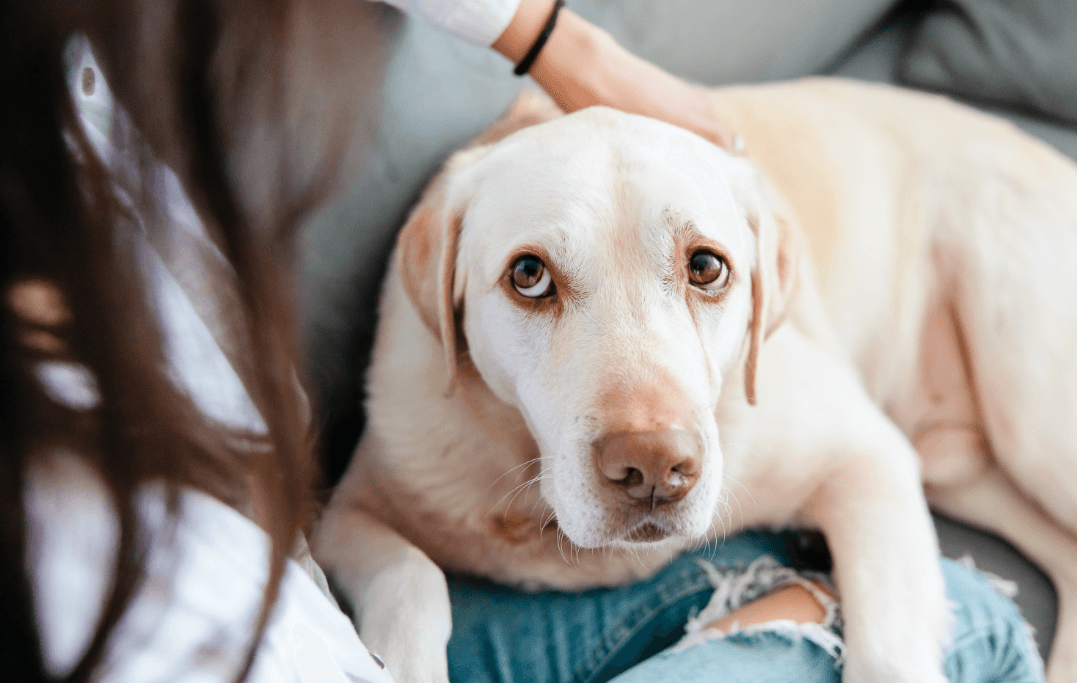
What is Hip Dysplasia
What is Histiocytoma in dogs
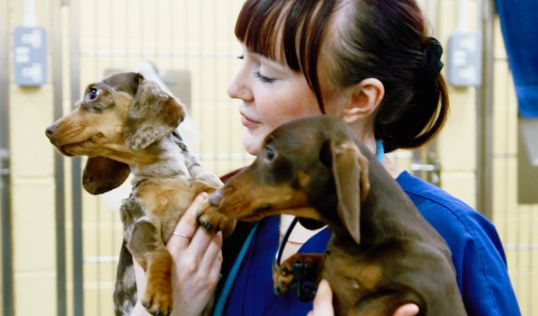
What is Histiocytoma in dogs
What is Lipoma in dogs

What is Lipoma in dogs
What is Lungworm

What is Lungworm
What are ticks?

What are ticks?
What is Vestibular Disease in dogs?

What is Vestibular Disease in dogs?
What is canine lick granuloma?
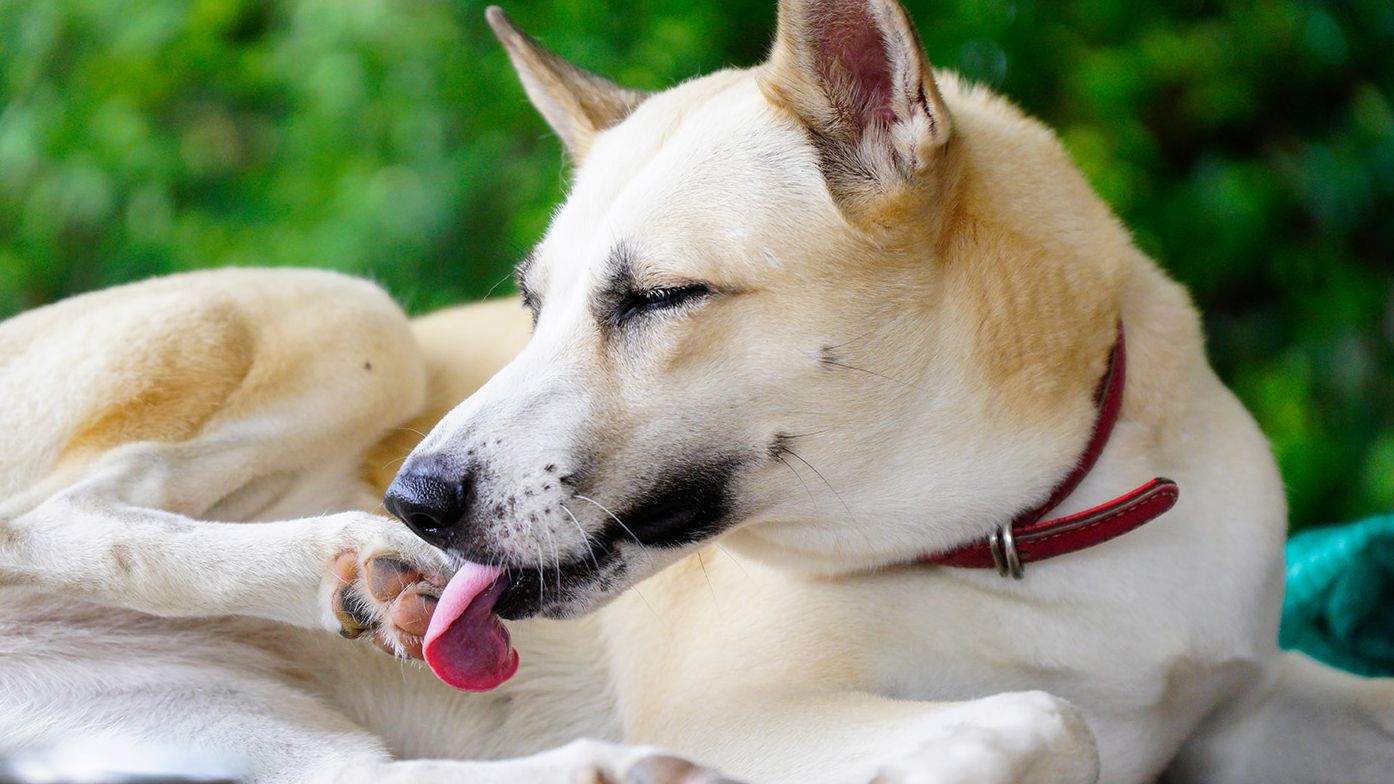
What is canine lick granuloma?
Dog ear haematoma

Dog ear haematoma
What are dog mammary gland tumours?

What are dog mammary gland tumours?
Feline lymphoma or cancer in cats

Feline lymphoma or cancer in cats
What are dog paw cysts?
What are dog paw cysts?
Learn more about food allergies in dogs

Learn more about food allergies in dogs
Dog abscess

Dog abscess
What is Canine cognitive dysfunction?

What is Canine cognitive dysfunction?
What to do if your dog swallows something
